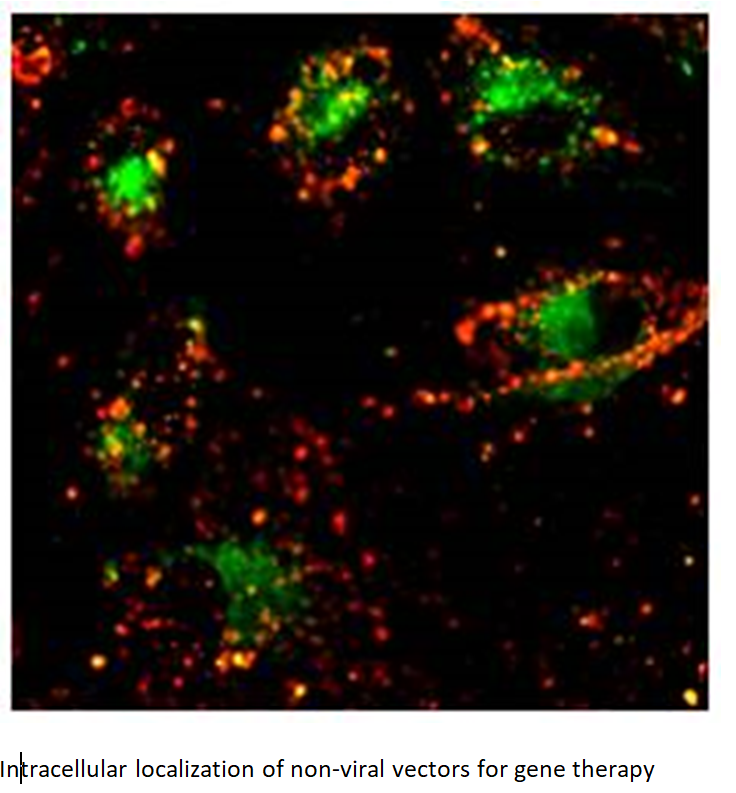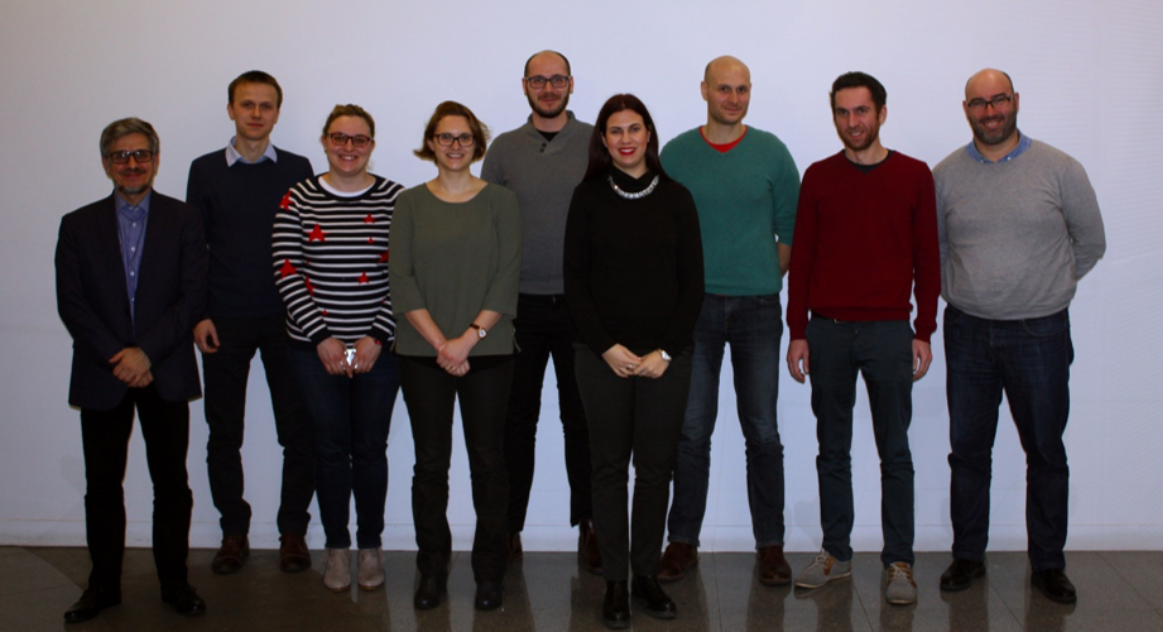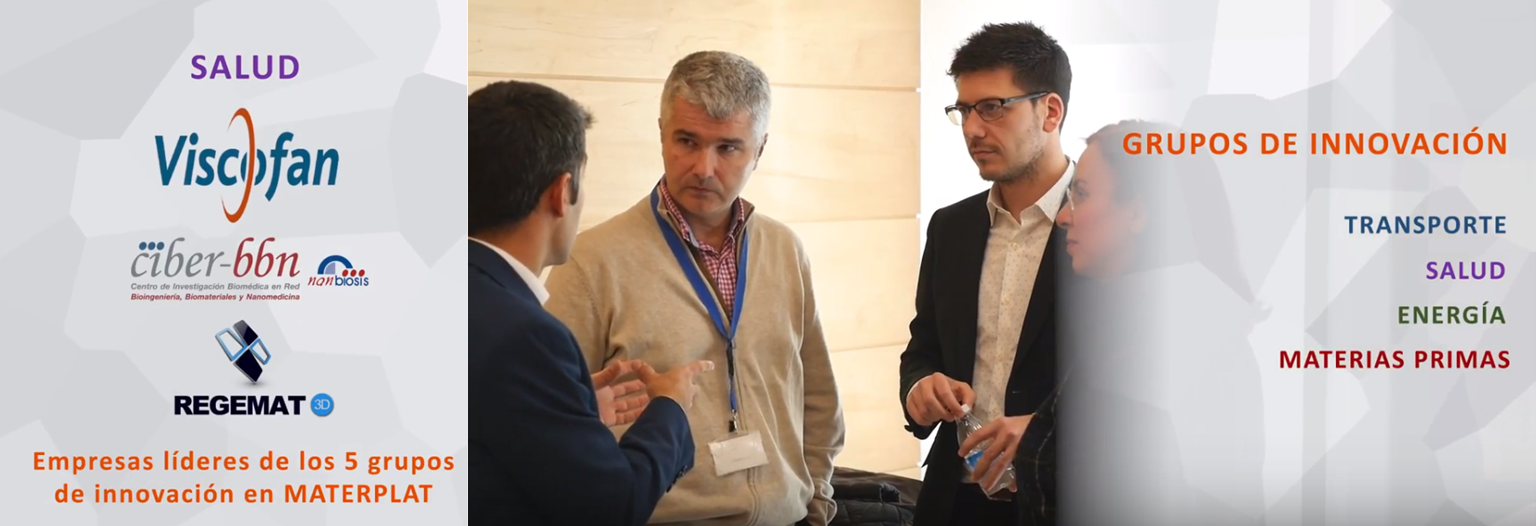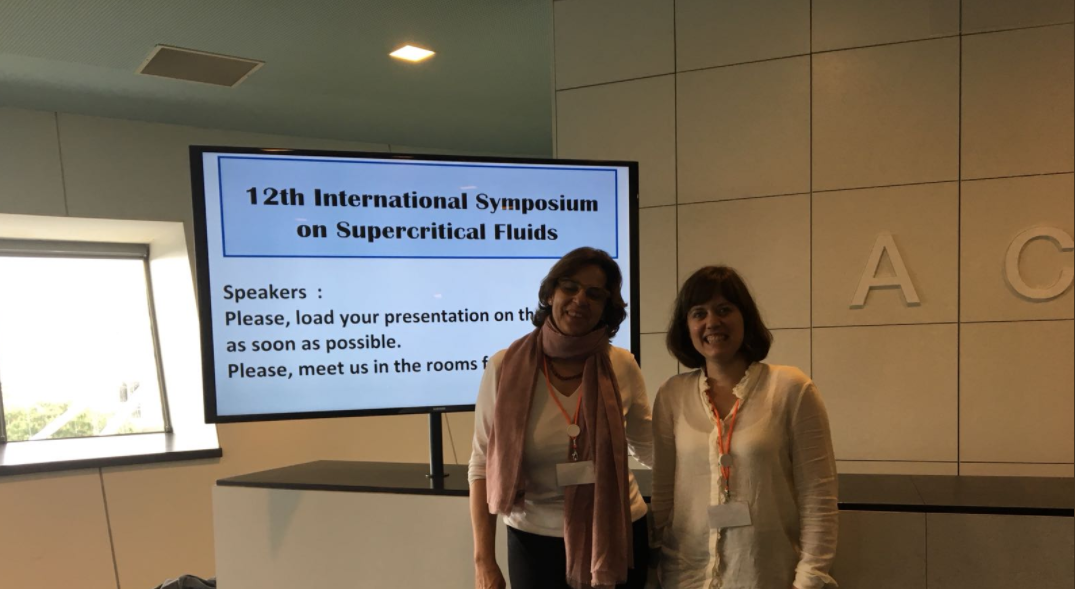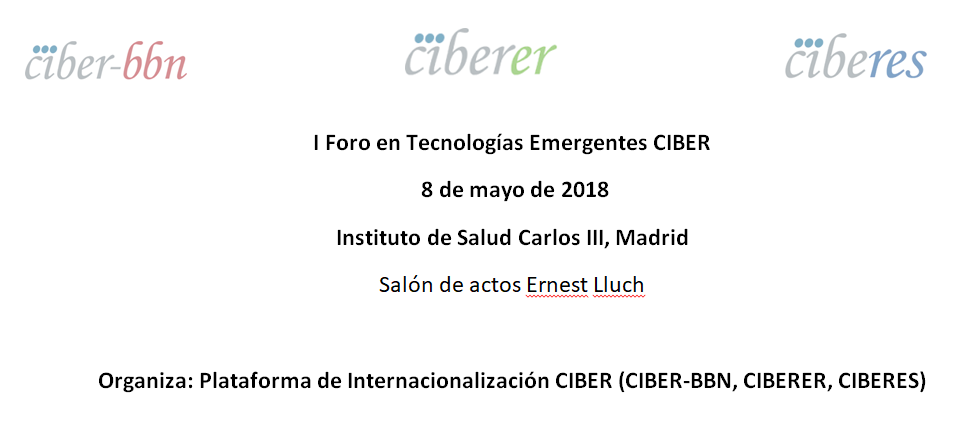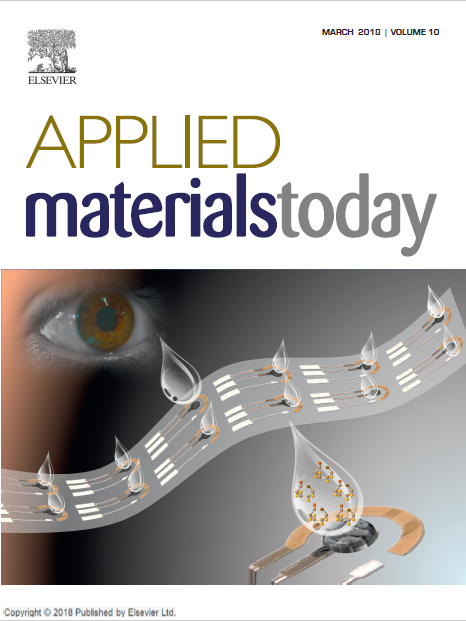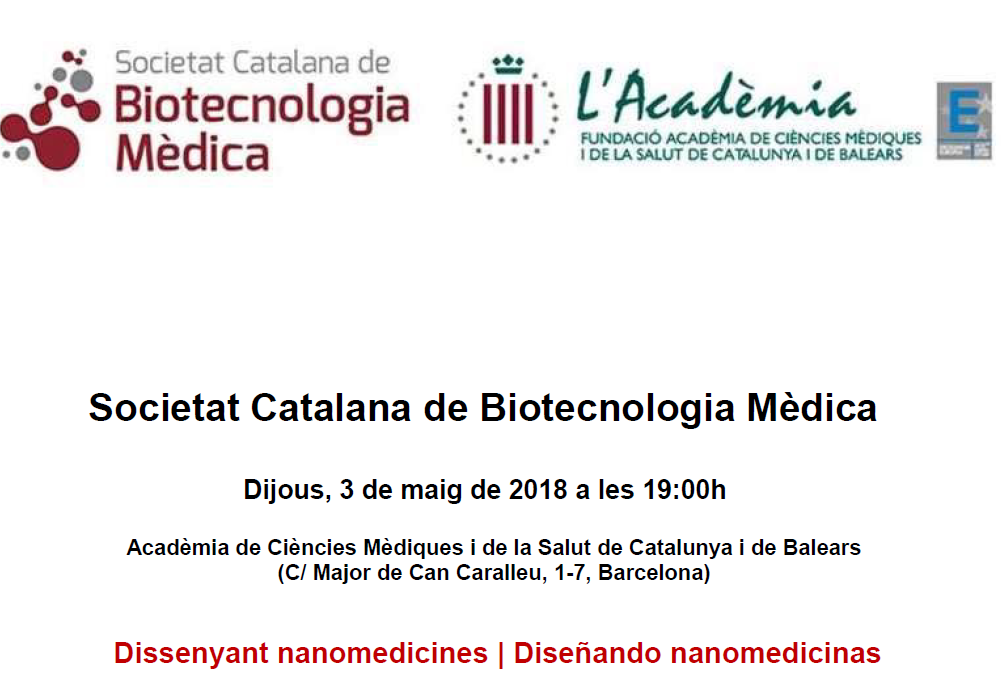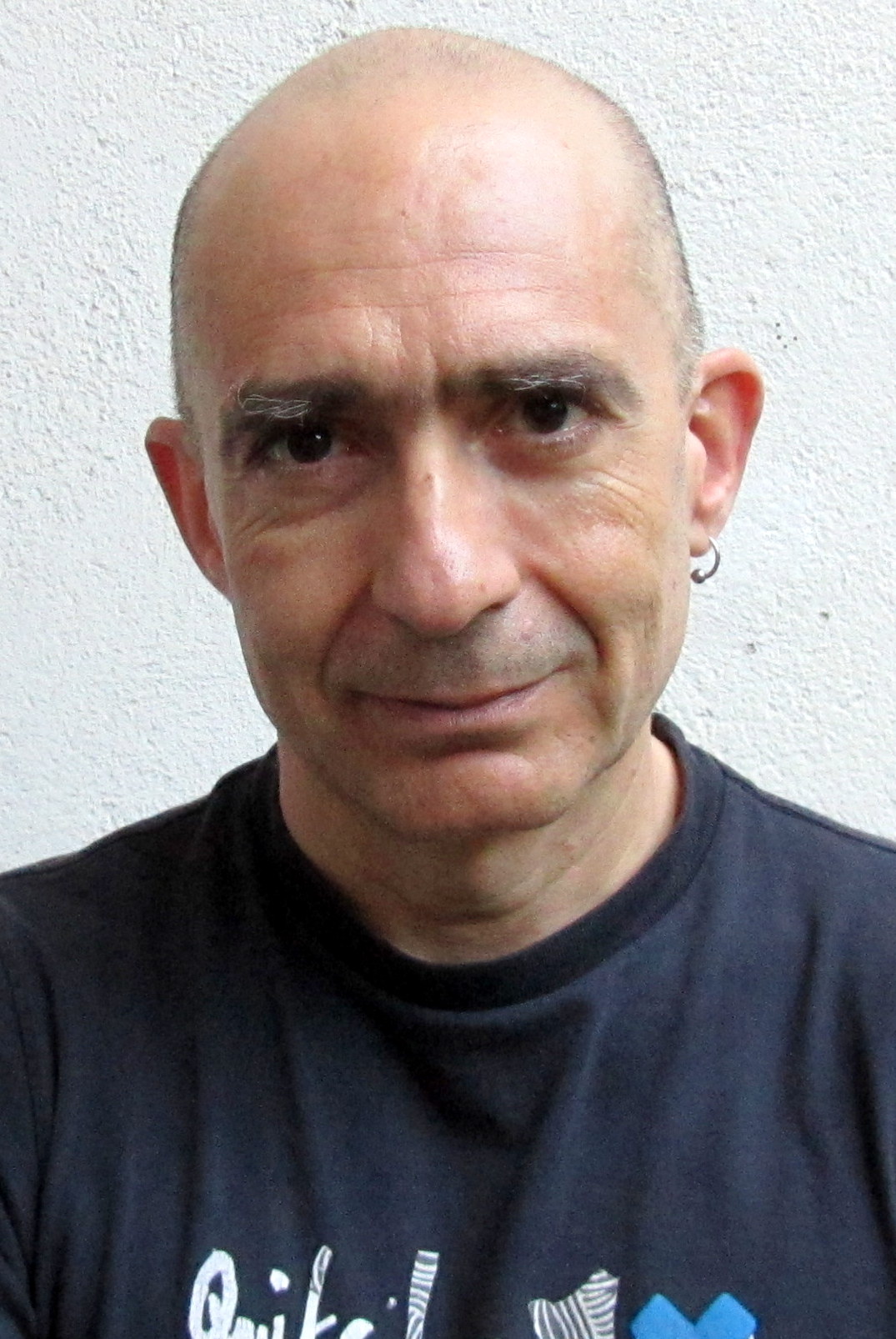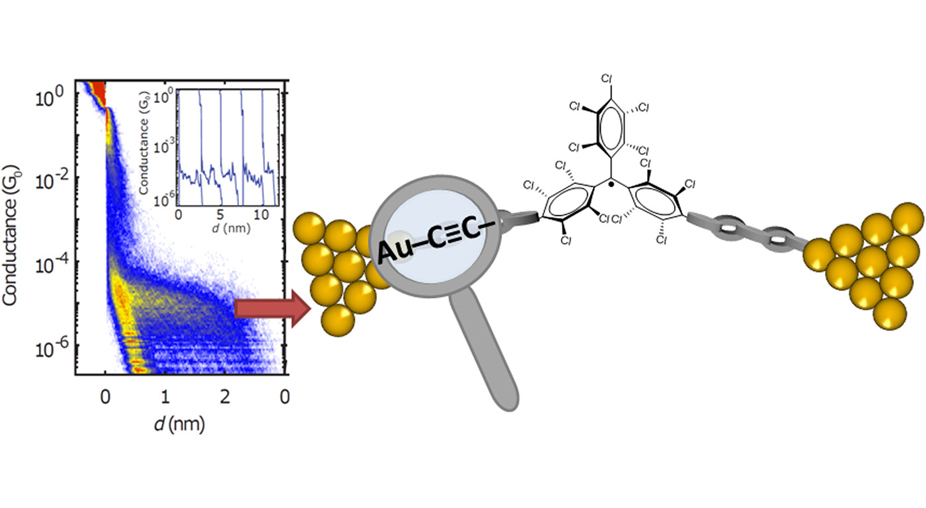Conference on Nanotoxicity, next May 24, Parc Scientific of Barcelona
NANBIOSIS is organizing a Conference on Nanotoxicity in collaboration with Nanomed Spain and Materplat, next May 24 in the Parc Scientific of Barcelona, to debate about the efect of nanotoxicity of nanoparticles and nanotechnologies in health.
The increase of potential risks to health has created the new discipline of nanotoxicity, that is, the study of the toxicity produced by the effect of nanoparticles and nanomaterials. The objective of this day is to learn more about the lines that are being followed by researchers in the area of nanotoxicity, the progress of different projects in this field, as well as existing tools to know and reduce the toxicity of nanoparticles and nanomaterials.
Nanotechnology intervenes in the design, production and use of structures and objects that have at least one of its dimensions in the scale of 100 nanometers or less. This science is allowing the achievement of advances in various areas with great repercussions for society.
However, manufactured nanoparticles can have properties and effects very different from those of the same materials in conventional sizes, which may pose new risks to the health of man and other species. Some nanoparticles, which are used as a vehicle for drugs to reach the desired cells in greater quantities, to reduce the side effects of the drug in other organs or both, have the same dimensions as certain biological molecules and can interact with them.
The increase of potential risks to health has created a new discipline, nanotoxicity, that is, the study of the toxicity produced by the effect of nanoparticles and nanomaterials. The objective of this day is to learn more about the lines that are being followed in research in the area of nanotoxicity, the progress of different projects in this field, as well as existing tools to know and reduce the toxicity of nanoparticles and nanomaterials.
The event will count with the presentations of Jesús Izco, Executive Director of NANBIOSIS, Ibane Abasolo, Scientific Coordinator of NANBIOSIS U20 In Vivo Experimental Platform and Francisco Balas,Scientists of NANBIOSIS U09 Synthesis of Nanoparticles Unit










